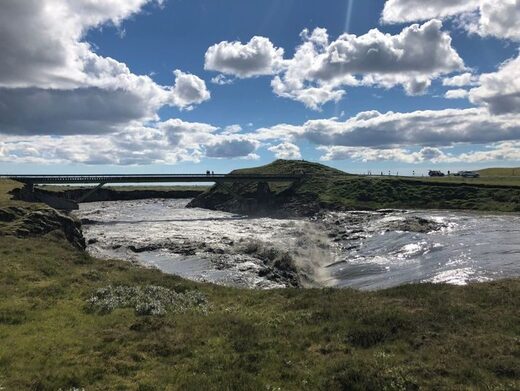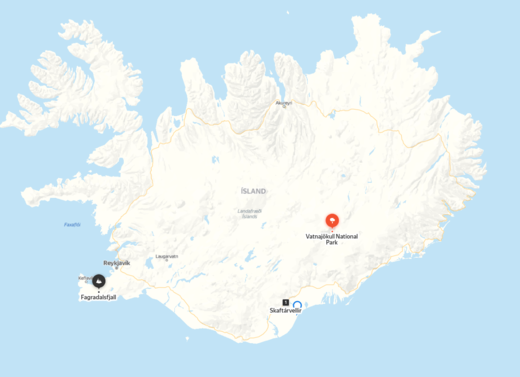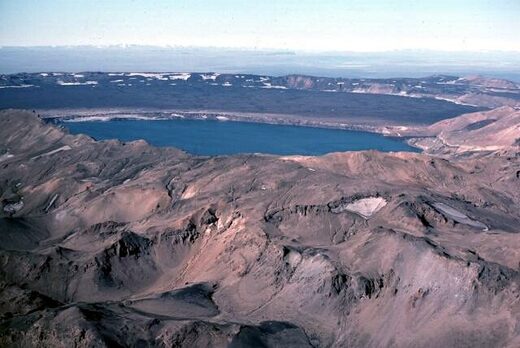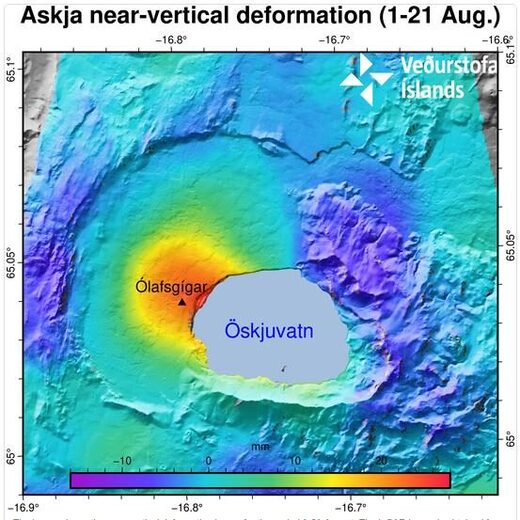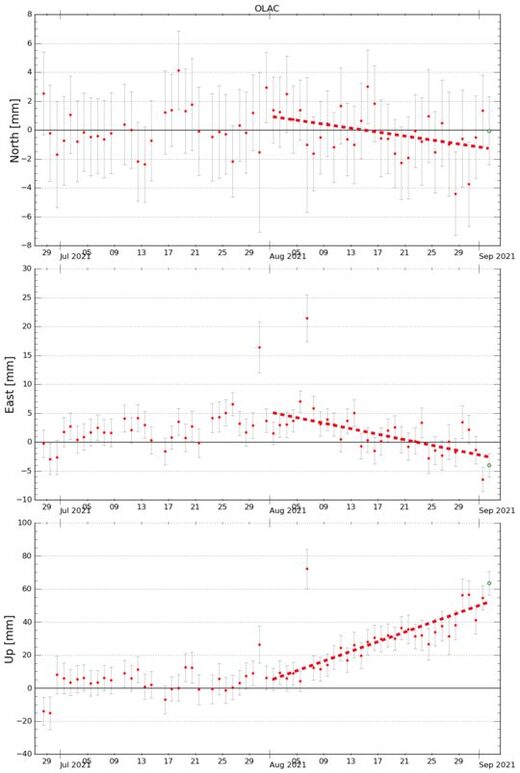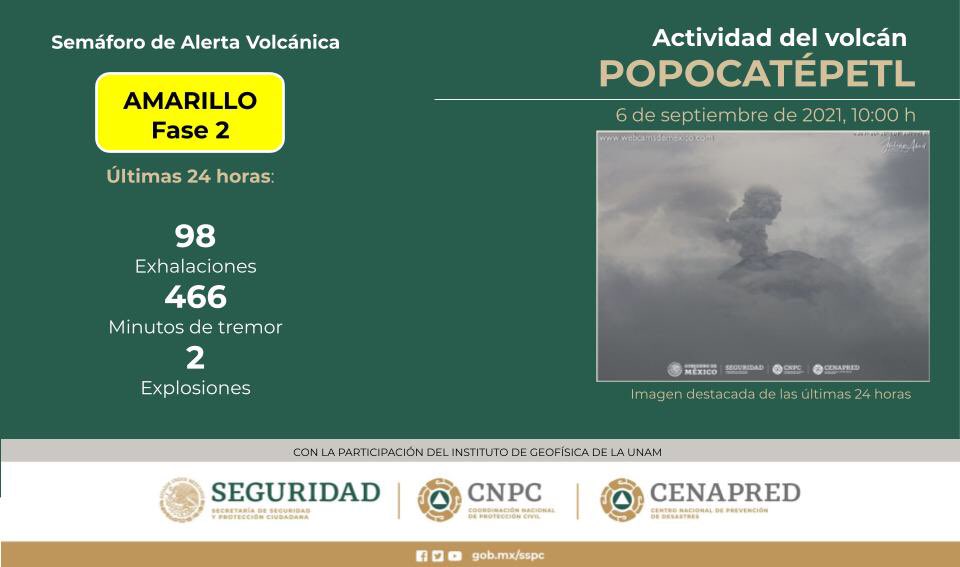New island discovered after major submarine eruption at Fukutoku-Oka-no-Ba, Japan
A new island has been discovered some 50 km (31 miles) south of Iwo Jima, Ogasawara Islands, Japan just three days after a major submarine eruption at Fukutoku-Oka-no-Ba volcano.
According to the Japan Meteorological Agency (JMA) the new island is approximately 1 km (0.62 miles) in diameter and C-shaped. It was discovered on Sunday, August 15.
In addition, pumice created by the eruption was found by the coast floating across a 60 km (37 miles) area northwest of the island.1
New islands have been confirmed in the area in 1904, 1914, and 1986, with all having submerged, Kyodo reported. The one found in 1986 sank after around two months, according to the coast guard.

